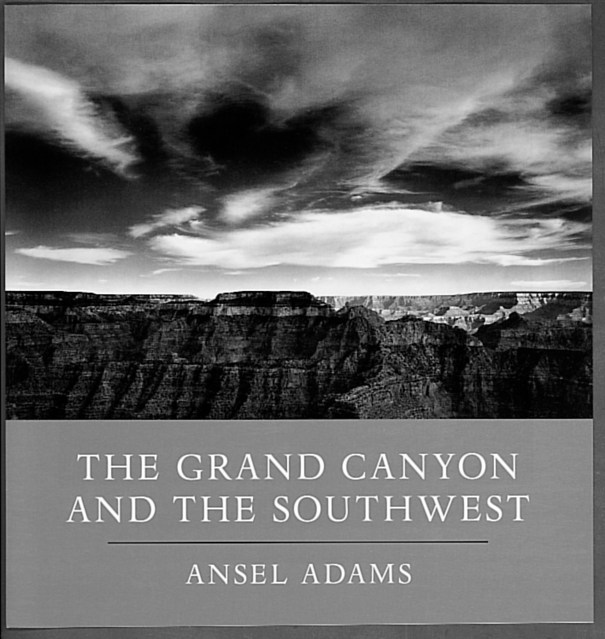By clicking “Accept,” you agree to the use of cookies and similar technologies on your device as set forth in our Cookie Policy and our Privacy Policy. Please note that certain cookies are essential for this website to function properly and do not require user consent to be deployed.
The Grand Canyon and the Southwest
Contributors
By Ansel Adams
Other Andrea G. Stillman
Formats and Prices
Price
$21.95Price
$29.95 CADFormat
Format:
Trade Paperback $21.95 $29.95 CADAlso available from:
Next to Yosemite and the High Sierra, the Southwest was closest to Ansel Adams’ heart. It was there, in the early 1930s, that he met photographer Paul Strand and decided to make photography his life’s work. In his words, “wherever one goes in the Southwest one encounters magic, strength, and beauty.”
In The Grand Canyon and the Southwest, Adam’s little known images of the Grand Canyon make up roughly one quarter of the photographs selected and edited by his longtime editor, Andrea Stillman. The varied images portray the balance of desolation and stark beauty in the Southwestern landscape, from Texas to California.
The pictures are complemented by an introduction by Andrea Stillman and a selection of Adams’ vivid letters about the region. In a letter to Alfred Stieglitz he writes, “It is all very beautiful and magical here – a quality which cannot be described. You have to live it and breathe it, let the sun bake it into you. The skies and land are so enormous, and the detail so precise and exquisite . . .”
In The Grand Canyon and the Southwest, Adam’s little known images of the Grand Canyon make up roughly one quarter of the photographs selected and edited by his longtime editor, Andrea Stillman. The varied images portray the balance of desolation and stark beauty in the Southwestern landscape, from Texas to California.
The pictures are complemented by an introduction by Andrea Stillman and a selection of Adams’ vivid letters about the region. In a letter to Alfred Stieglitz he writes, “It is all very beautiful and magical here – a quality which cannot be described. You have to live it and breathe it, let the sun bake it into you. The skies and land are so enormous, and the detail so precise and exquisite . . .”
Genre:
- On Sale
- May 3, 2000
- Page Count
- 112 pages
- Publisher
- Ansel Adams
- ISBN-13
- 9780821226506
Newsletter Signup
By clicking ‘Sign Up,’ I acknowledge that I have read and agree to Hachette Book Group’s Privacy Policy and Terms of Use







